Built in medieval times with a three-arched stone arch structure, the Ponte Vecchio bridge is one of the most prominent historical and cultural symbols of the city of Florence.
There are documents that the Ponte Vecchio bridge first appeared in 996, was destroyed by a flood in 1117 and was rebuilt in stone. In 1333, the bridge was destroyed by a flood again, leaving only the bridge piers. The bridge was rebuilt in 1345 and still exists today. This bridge is about 95m long and is also one of the oldest stone bridges still existing in Europe with small shops on both sides.
In the Middle Ages, it was a place where meat, fish and leather were sold – goods that gave off an unpleasant smell in a city that was becoming an artistic capital. So in 1565, Grand Duke Cosimo I de' Medici – the first of the famous Medici family to rule Tuscany – ordered all the food shops to be removed. Instead, jewellers were moved here to accommodate the 750m-long Vasari Corridor built over the bridge, a private road connecting the town hall and the Palazzo Pitti palace on the south bank of the Arno.
Since then, Ponte Vecchio has become a center for displaying and trading jewelry products typical of the Florentine goldsmithing industry. Many shops here keep the secrets passed down through generations, while updating the latest trends to serve the upper class and tourists . Therefore, the jewelry on Ponte Vecchio is not just a decoration, but also a symbol of luxury, class and traditional Florentine art. It is not an exaggeration to say that the shops on the bridge are not just places to sell - they are also a storehouse of memories, a compact exhibition room containing the essence of Florentine craftsmanship.
But the charm here is not only the jewelry but also the space with the color of time pressing into every stone, every window, every corner overlooking the sparkling Arno River, reflecting the sunset and the houses jutting out into the river in the late afternoon sunlight.
Halfway across the bridge, I stopped in front of the bronze statue of Benvenuto Cellini - the great goldsmith, sculptor, and talented artist of 16th century Florence. It is said that his statue was placed here to remind us of the quintessence of the goldsmithing profession in Florence that he helped to create.
Millions of tourists come to Florence every year, and few dare to cross the bridge in a hurry. They try to stay here as long as possible, finding a beautiful angle to take souvenir photos, especially at sunset when the light dyes the walls of the houses and reflects shimmeringly on the river. Many people admire the jewelry, but many also spend hours watching the river flowing under the bridge, listening to live music from street artists playing violin, guitar, or Italian love songs. Some people enjoy a cool gelato, sit on the stone steps and silently as if reminiscing about history. Couples often hang love locks on the railing, then throw the key into the Arno River as a ritual to seal their love. Although the city government has removed the locks many times to protect the structure, this habit still quietly continues.
Not only is it a historical and cultural symbol, Ponte Vecchio has also appeared in many works of cinema, painting and artistic photography. The bridge has been the setting for films such as “A Room with a View” (1985), providing romantic footage with a Tuscan landscape. Photographers often choose sunset or sunrise to capture the magical beauty of the bridge and the Arno River, highlighting the harmony between ancient architecture and nature.
In painting, Ponte Vecchio appears as a symbol of Florence - the center of Renaissance art - with its characteristic yellow, orange and red roofs and the river reflecting the light.
This particular bridge is also known for its incredible story: In 1944, during World War II, the Nazi army destroyed most of the bridges on the Arno River before withdrawing, but they kept the Ponte Vecchio bridge. It is believed that this was a cultural respect, not wanting to destroy the bridge in the madness of war.
In 1982, the Historic Center of Florence (a quarter of the city of Florence) was declared a World Heritage Site by UNESCO. Together with the houses, the old town has been preserved from the 12th to the 16th centuries, and the Ponte Vecchio bridge is a living museum of this heritage. It preserves the story of the city from Roman times, through the Middle Ages, to the Renaissance and modern times. It not only connects the river banks, but also connects eras, souls and dreams.
As dusk fell, a song performed by a street artist on the bridge echoed in the air, interspersed with the footsteps of passersby. In that space, I continued to walk into the old town of Florence with the feeling of no longer being a tourist, but as a very small part of the ongoing history. Even though hundreds of years have passed, I still feel the flow of Florence's history through the bridge, the thousand-year-old stone-paved roads, the houses still with iron horse-tying rings in front of the gate, covered in the sunset. And when I leave, I hope that I will come back like everyone who has come here and leave a part of my emotions on this bridge.
Source: https://hanoimoi.vn/ponte-vecchio-museum-of-florence-705521.html


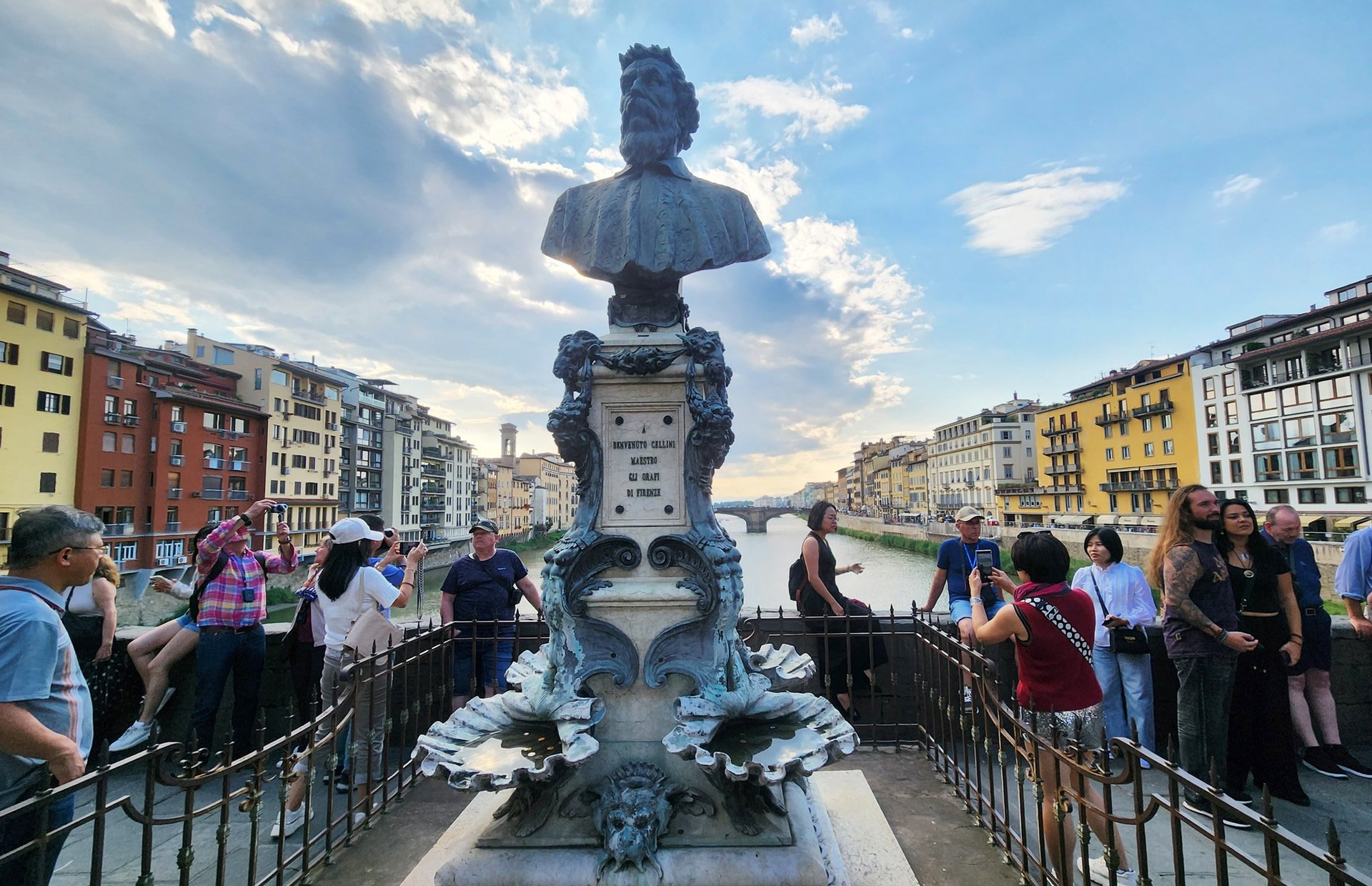
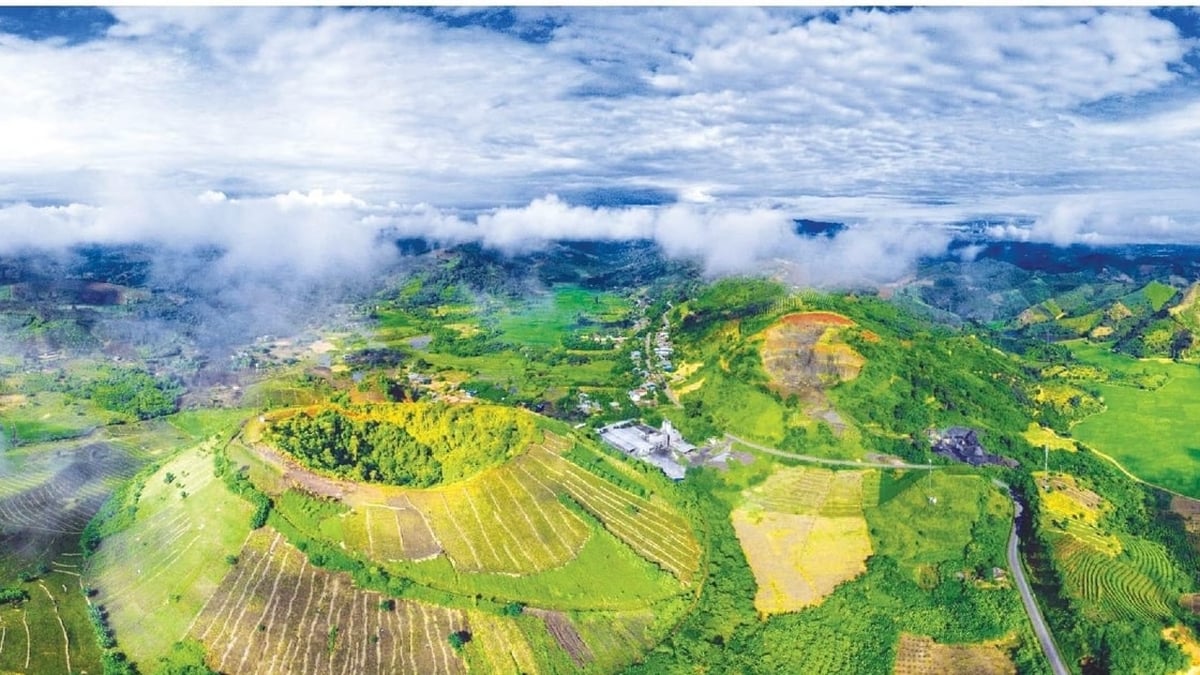


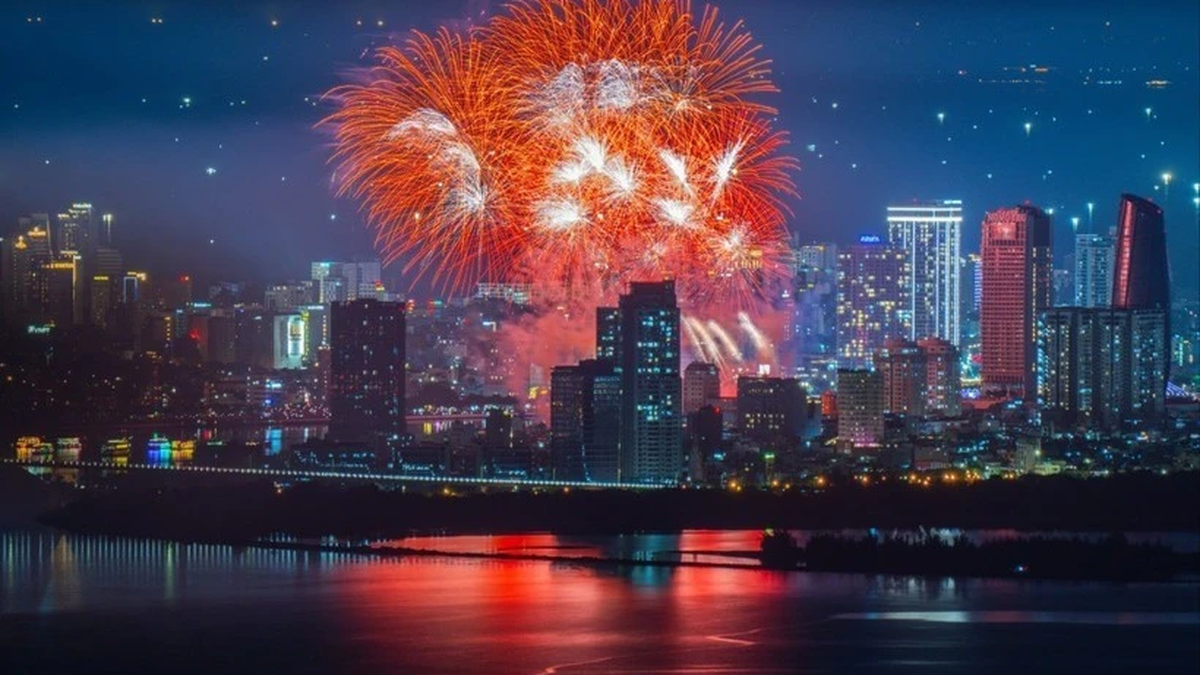





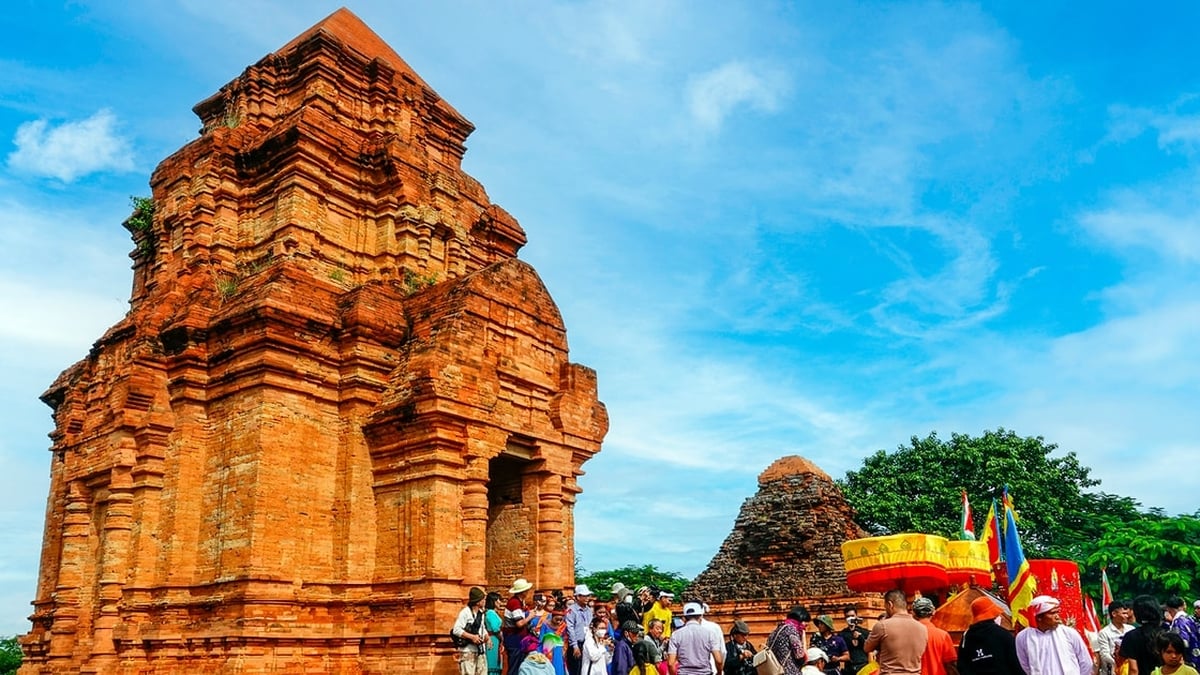












![[Photo] Discover the "wonder" under the sea of Gia Lai](https://vphoto.vietnam.vn/thumb/1200x675/vietnam/resource/IMAGE/2025/8/6/befd4a58bb1245419e86ebe353525f97)


![[Photo] Nghe An: Provincial Road 543D seriously eroded due to floods](https://vphoto.vietnam.vn/thumb/1200x675/vietnam/resource/IMAGE/2025/8/5/5759d3837c26428799f6d929fa274493)




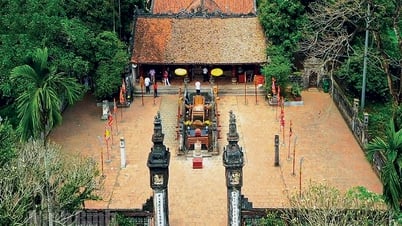

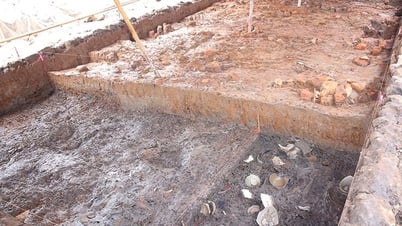

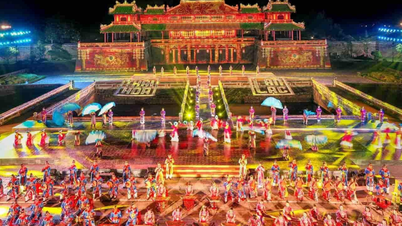



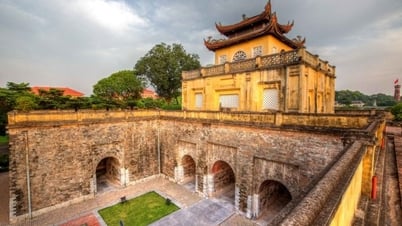

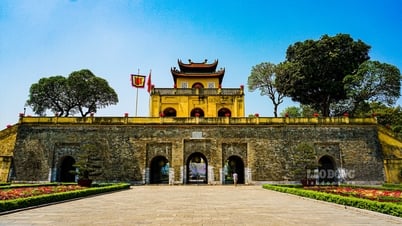

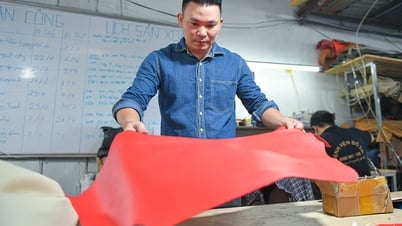






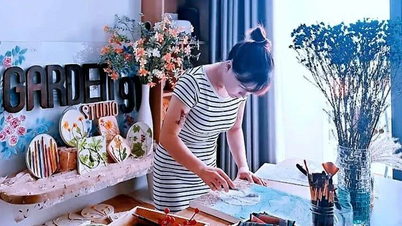
















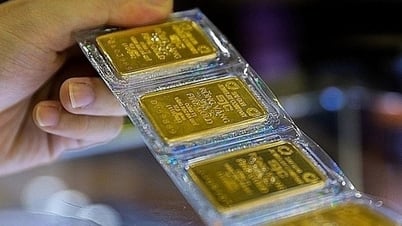


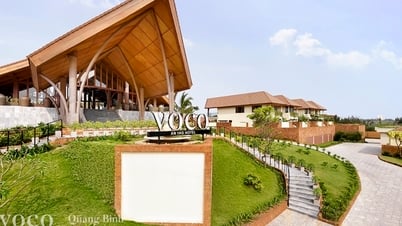

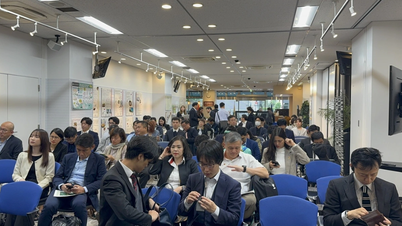












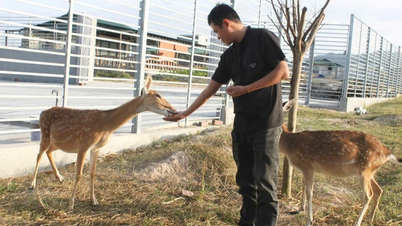







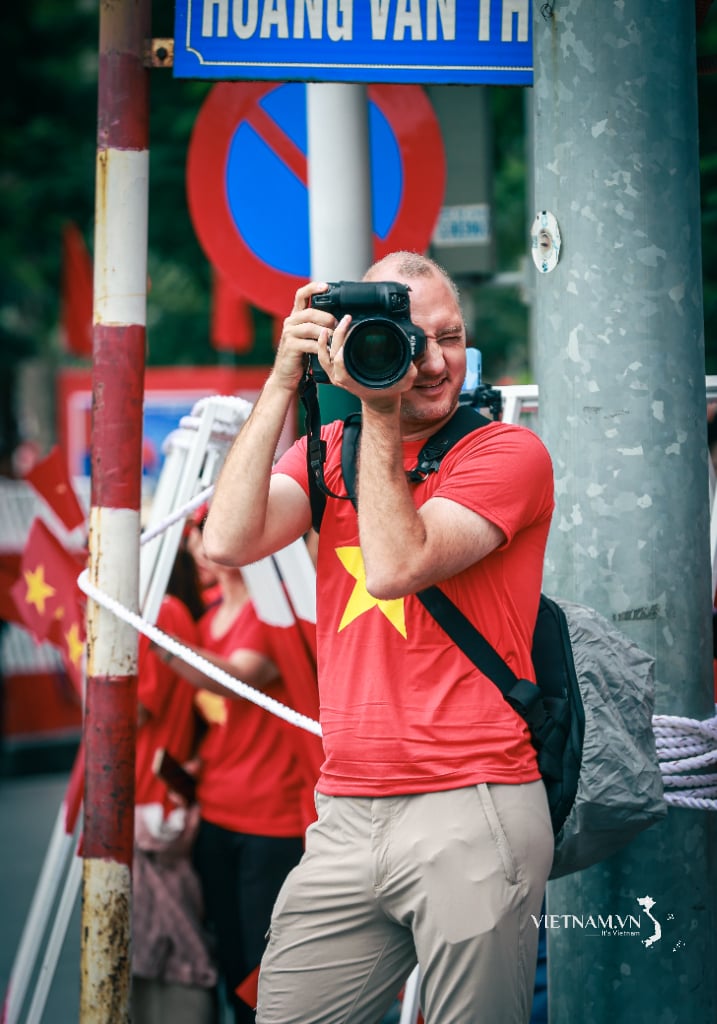


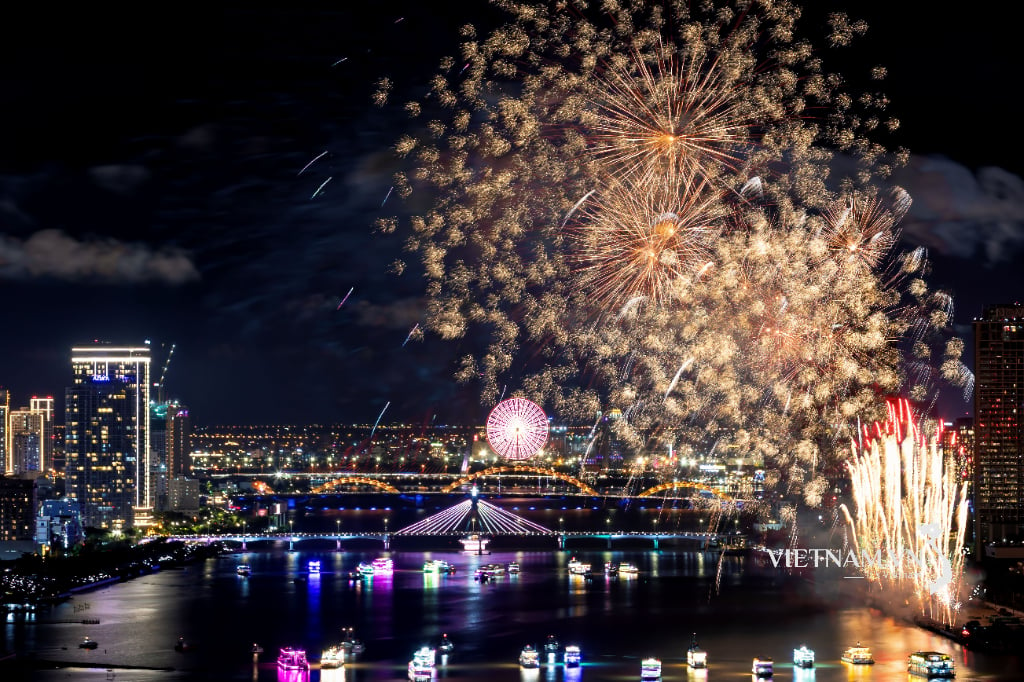
Comment (0)